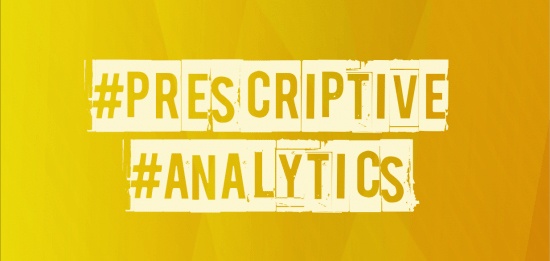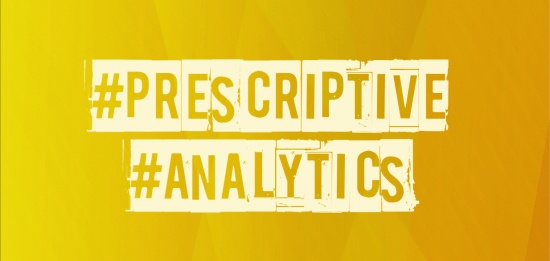No, it's not a typo. I didn't mean predictive. This morning I was reading an article from SparkCognition, "Changing the World by Way of Oil and Gas", and I came across the term for the first time. After some research, here is what I learned.

The difference between predictive and prescriptive
A predictive maintenance model is one that relies on subject matter experts and analytics to detect potential problems and assign a failure date or time. For instance, by accessing bearing temperature from a data historian, a pipeline engineer can note the correlation between bearing temperature and other data points and forecast a pump failure in X days.
Prescriptive analytics would add an additional piece of crucial information. Using a prescriptive model, the same pipeline engineer would also know that if the piece of equipment was operated at a speed reduction of X, then the failure would be delayed by Y, placing the equipment into a previously scheduled maintenance window, still maintaining acceptable production levels, and in the end saving money.
The role of the data historian
Both solutions rely on two things, subject matter experts, and tons of data. The data historian helps the subject matter expert better understand the process by providing millions of points of raw sensor data for their consumption. Trending tools that allow for quick comparisons of data points spanning months or years of time, and fast statistical analysis are the tools that process and automation engineers need. Whether it's the subject matter expert looking at a monitor and predicting a failure based on a rising or falling trend, or an additional software model that consumes historian data, an easy to manage database is crucial.
The state of prescriptive analytics
We are still at a very early place for prescriptive maintenance modeling. Early thinkers believe a successful model will include AI and machine learning, helping technicians better understand repair options and outcomes.
Another early follower of this trend is Ralph Rio, vice president of enterprise software at ARC Advisory Group.
“From my experience with clients from both the user and supplier side, the dominant application right now is PdM (predictive maintenance) – prescriptive maintenance is beyond that; it’s new thought leadership,” he says. “But the goals of PdM and prescriptive maintenance are similar: to reduce unplanned downtime, which causes lost revenues, materials, and labor.”
Essentially, it is too early to try to adopt this model for nearly 99% of the industrial world, but, keep the term in your back pocket, it is only a matter of time until there is a conference somewhere that will feature it in a keynote.




